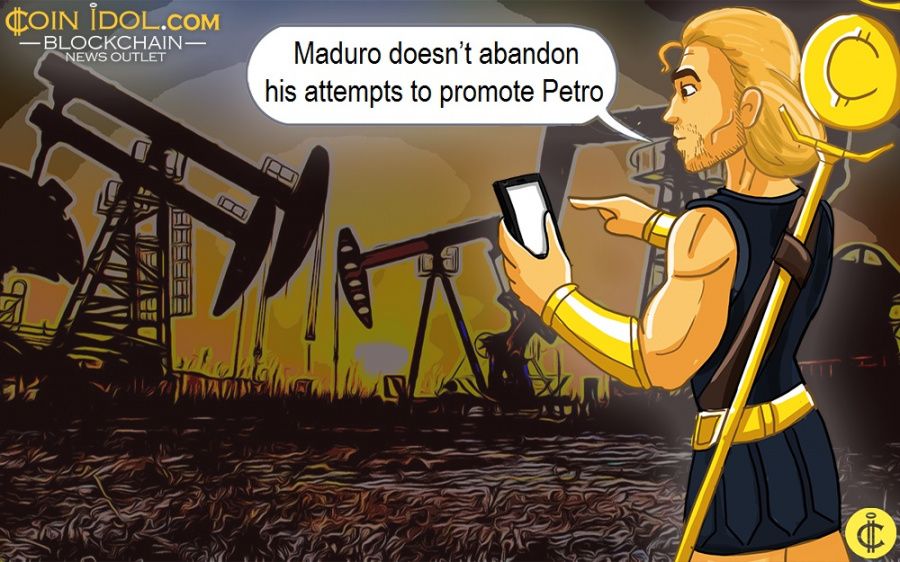Venezuela Deliberately Reduces Oil Prices in Effort to Boost Petro
Updated: Jun 03, 2020 at 13:20

Venezuela has been pressing different knobs to find the right answer to save its struggling crypto, the Petro.
From promising to Airdrop Petro to doctors to threatening to pay pensions in the digital currency, Maduro’s government has done its best to promote the crumpling crypto. It now reduced oil prices at filling stations to campaign for the oil-backed Petro.
Due to the economic crisis mostly inflicted by the tough US trade sanctions, oil-rich Venezuela’s economic growth trajectory has depicted a negative correlation with its vast oil endowment. Although the country is a major producer of petroleum products and has the world’s largest oil reserves ever known, at least 87% of its population live below the poverty line.
It’s upon this background that the Maduro regime in October 2018 decided to roll out a national currency tagged against its oil wealth—the Petro, with the hope that the nation would bypass US economic sanctions currently biting its oil sector, defeat hyperinflation, and revamp the economy.
US sanctions increase the popularity of cryptocurrencies in Venezuela
The US, since the inauguration of President Trump, has imposed various degrees of sanctions on Venezuela, accusing it of drug dealing and poor governance. The economy has, since then, lost headway. The 2014 oil price crash coupled led to five-digit inflation figures and by June 2018, inflation was recorded at 46000%, some of the highest in world history.
The failing economy forced citizens to find alternatives and crypto has been seen by Venezuelans as the ultimate safe haven. Coinidol, a world blockchain news outlet, recently reported that starting this month, more than 20,000 merchants in the South American country would now accept Bitcoin as a means of payment.
Maduro’s past attempts to publicize Petro in vain
Successfully getting the Petro off the ground is a commitment Venezuela’s President, Maduro has made since it was rolled out in 2017, but the task appears to give the government a hard time. After failing to patiently wait for the market forces of demand and supply to determine the status of Petro, Maduro resorted to using force to popularize the national digital currency.
Among the things the President previously did was forcing the Central Bank to accept Petro, threatening to pay pension in Petro, obliging citizens to buy passports using Petro, and ordering filling stations to use Petro as a medium of exchange.
Latest attempt: Petro users to buy 60 litres of gasoline for $1.2 each month
Because all the past efforts to publicize Petro have yielded little results, the Venezuelan government has now reduced fuel prices at all filling stations in the country provided that Petro is used as a means of payment in a latest attempt to make Petro known.
The new strategy cuts oil prices for car-owners down to $0.02 per litre for the first 120 litres they purchase each much using Petro, while motorbike owners purchase at the same rate for their first 60 litres each month. If you get the math right, it means 60 litres of gasoline will cost Petro users just $1.2, while any excess of that would be subjected to $0.50 per litre.
Venezuela is doing everything it can to get its national cryptocurrency ahead and ultimately restore the economy. The new campaign, though sounds great for motorists might still not earn Petro the desired popularity. The government has maintained that all government vehicles would get free gasoline, which analysts think could boost the oil black market and put Petro at risk.
Price
News
Price
Price
Price

(0 comments)